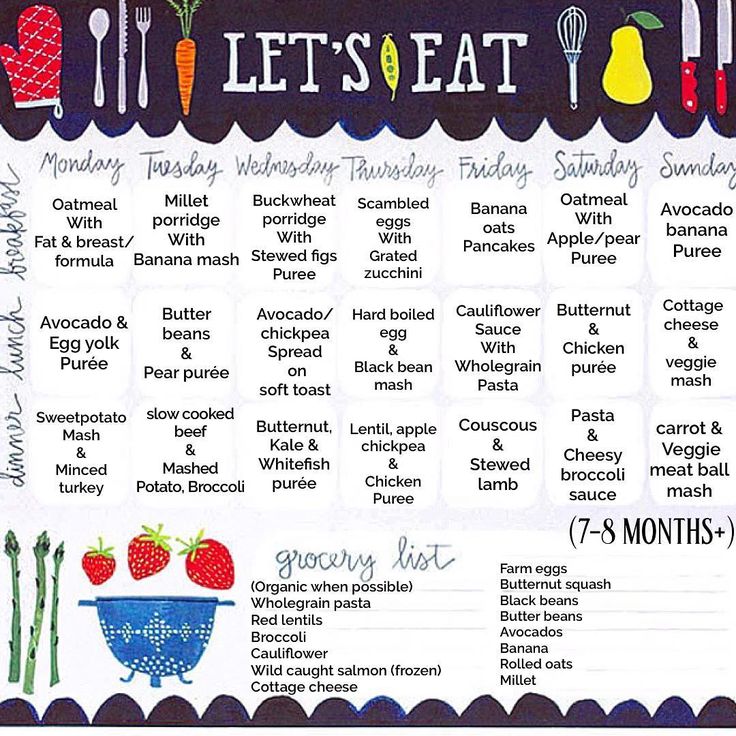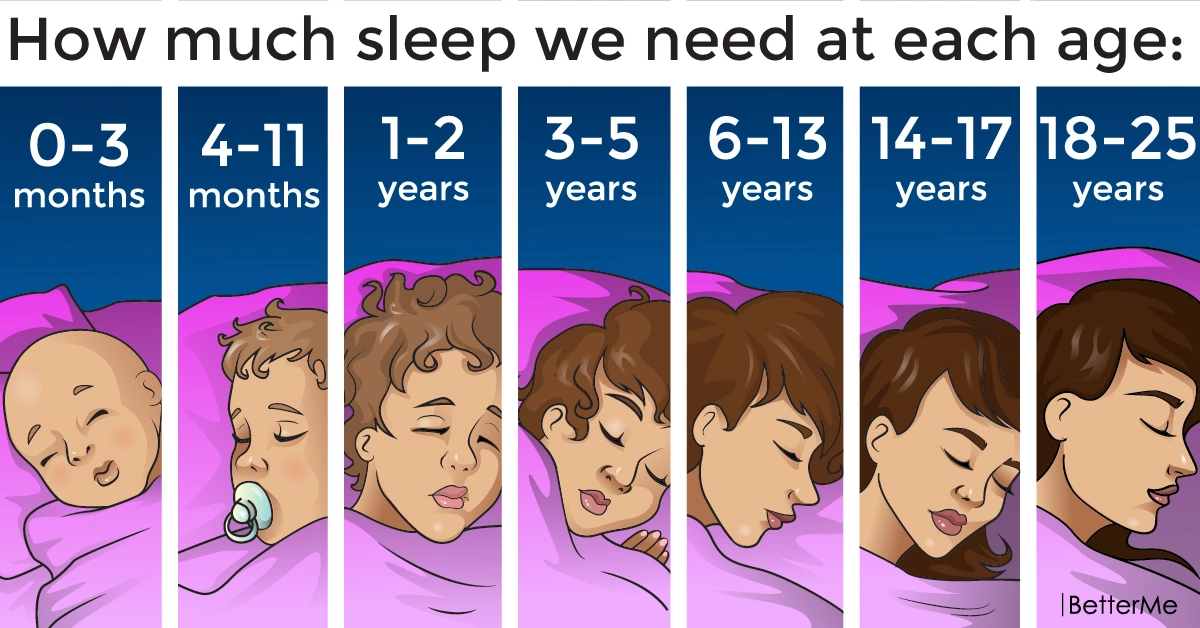How long do babies cluster feed for
What Is Cluster Feeding & How Long Will It Last
Cluster feeding is a normal newborn feeding behavior, but it can cause parents a load of stress and anxiety. Here’s what you need to know to cope.
How often does a breastfed baby need to feed?
Is it every two hours? Three hours? How about overnight?
Here’s a straightforward answer: Constantly.
Okay, so that’s not the case, but that’s what it can feel like for parents caring for a breastfeeding baby who’s in the middle of cluster feeding.
Our sympathies go out to parents who are smack in the middle of cluster feedings. Cluster feeding has lots of causes, but we can reassure you of one thing: You’ll get through this. In the meantime, here’s a breakdown of what’s going on with your baby.
What is cluster feeding?
If your baby feels like they are constantly feeding during a particular time of the day, you might be in the middle of a cluster feed.
Newborn babies already need to eat frequently — usually every 2-3 hours, although sometimes more depending on their needs and your milk supply. But cluster feeding looks — and feels — differently than your regular nursing sessions.
The most straightforward way to understand cluster feedings is that your baby is simply bunching a lot of feedings together in a short time frame. Instead of one meal every few hours, your baby is snacking — a lot!
But cluster feeding is more than just feeding a lot. A baby who is cluster feeding will feed for short periods before unlatching, fussing, nursing more, maybe hiccuping or burping — and so that pattern continues.
If you’ve noticed that your baby is especially attached to you — literally — in the later afternoon and evening, that’s also part of cluster feeding. Staying close to their milk source during this time is imperative for a cluster-feeding babe!
Why do cluster feeds happen?
If you’re in the middle of cluster feeding your baby, you’re probably wondering, “Why on earth is my baby feeding so much?!” (And, maybe, “When will this end?”)
First of all, some babies are simply cluster feeders — they may do it every day, especially when they are very young.
For newborns, one of the benefits of cluster feeding is its positive impact on milk production. The more a baby nurses, the more you produce.
Milk flow is slower at night.
Your primary milk production hormone is prolactin. Prolactin levels tend to be highest in the middle of the night and early morning hours — that’s why waking to feed or pump during your baby’s early weeks is so important for establishing your supply.
The flipside of this is that prolactin levels gradually lower throughout the day. By late afternoon and early evening, your prolactin levels may have lowered enough to slow your milk production.
Because of this, babies need to nurse longer or more often to fill up their tanks.
Another factor? Cluster feeding babies may also drink more to prepare for long stretches of sleeping and growing overnight.
A growth spurt or developmental leap is in the works.
Seeing your baby grow and learn new skills is a delight for parents, but it’s a big job for your baby. And a big job requires a lot of energy.
And a big job requires a lot of energy.
Your baby will go through numerous growth spurts and developmental leaps during the first year of life. This is true for all babies, regardless of how they are fed. The most common periods happen around 2-3 weeks, 6 weeks, 8 weeks, 3 months, and 6 months.
Remember, though, growth and development can happen at any time — there’s no one-size-fits-all pattern for how your baby will develop.
Nursing is soothing for your baby.
Being a baby is tough work — truly! Your baby’s brain and body are rapidly developing, all while figuring out the world around them. (See above.) What’s more, babies often need help learning how to relax and soothe themselves.
That’s one of the beauties of breast milk. Breast milk is full of hormones that support your baby’s circadian rhythm. For some babies, cluster feeding is a helpful way to boost sleepy, relaxing, restful hormones.
Your baby is teething or sick
Holding and snuggling your baby is certainly comforting, but that alone may not do the trick if your baby isn’t feeling well.
Many babies cluster feed when they’re dealing with a cold or virus — and it makes sense! Your breast milk helps your baby’s immune system fight off illness. What’s more, breastfeeding can help reduce your baby’s pain thanks to the analgesic effects of breast milk.
Interestingly, skin-to-skin contact also can provide pain relief benefits for your baby, which correlates with your baby’s strong desire to be attached to you during cluster feeds.
Cluster feeding and your milk supply
While cluster feeding can be tiring, it can provide a boost to your milk supply if you nurse on demand during this time.
Your milk supply is tailored to your baby’s nutritional demands — precisely tailored to it. So when your baby has a growth spurt or is fighting a cold, cluster feeding can boost your supply to provide enough breast milk for your baby or provide your baby with the antibodies they need to fight off their illness.
How long do babies cluster feed?
Forever?
We know that at 8 pm, after nursing for 3 hours straight, it feels like it may last forever. But we promise — it will not. It absolutely will not last forever.
But we promise — it will not. It absolutely will not last forever.
Usually, cluster feeding resolves within 2-3 days after starting. Also, a few helpful things to remember when cluster feeding is feeling endless:
- Cluster feeding occurs around developmental milestones — your baby’s body is doing important things!
- Over time, your baby will nurse less often, especially as they start consuming more and more solids.
Tips and tricks for managing cluster feeding
1. Keep nursing
We know that you might be tired and frustrated, but it’s important to keep nursing through cluster feedings as much as possible. Your baby’s nursing is helping your supply grow to meet the demands of growth and development.
2. Stay well hydrated and well-fed.
Breastfeeding is thirsty and hungry work. Depending on your milk output, metabolism, and other factors, breastfeeding can burn an additional 300-500 calories a day. Plus, it requires a lot of water to keep producing that milk.
Plus, it requires a lot of water to keep producing that milk.
And as far as water goes? The Institute of Medicine advises that breastfeeding parents drink 13 cups of water daily.
However, chugging Big Gulps isn’t necessary. Simply pay close attention to your level of thirst — and when you feel thirsty, drink!
3. Find support and community
Cluster feeding is challenging and can feel endless. (Though it will end, we promise!) But in the meantime, having help will make a massive difference.
Things you can do?
- Create a cluster feeding plan with your partner so you can make evenings more manageable.
- Call on friends for support with meals, chores, and help with older children.
- Connect with other breastfeeding parents through La Leche League, the Latch Lounge, or other breastfeeding communities — it helps to know you’re not alone!
4. Make yourself comfortable
Are you breastfeeding for hours? It can become pretty uncomfortable. Your nipples might be sore. Your arms might ache from holding your baby nonstop. You might feel restless from sitting in the same position.
Your nipples might be sore. Your arms might ache from holding your baby nonstop. You might feel restless from sitting in the same position.
A few tweaks, though, can make a big difference. Many parents find the side-lying or laid-back positions to be more comfortable if you have to settle in for a long stretch of nursing. Or simply try switching up positions!
Another option is to try babywearing. Babywearing can free you up to move around, which can offer you a much-needed change of pace during the long stretches of nursing. And if you master the art of nursing your baby in a sling or carrier, you’ve got even more options!
(But also, don’t pressure yourself! Not all babies or parents love babywearing, so please choose what feels right to you!)
5. Take care of your nipples!
Make sure you take care of your nipples during cluster feeds, as well. Applying nipple butter, lanolin, or even breast milk can help soothe your nipples. Hydrogel pads can also offer relief. Additionally, make sure to air dry your nipples after nursing and choose soft bras and clothing to avoid friction.
Additionally, make sure to air dry your nipples after nursing and choose soft bras and clothing to avoid friction.
And if you use nursing pads? Make sure to change them regularly to avoid the risk of bacterial or fungal infections, especially thrush.
Important note
If you are experiencing ongoing nipple pain, please reach out to an IBCLC! Cluster feeding is hard, but it shouldn’t hurt. Pain can indicate issues with latching, which can lead to problems with milk supply, clogged ducts, mastitis, and more. However, it’s entirely fixable with help from an experienced lactation consultant.
6. Make time for yourself
Just like you need to take care of your nipples, you also need to care for yourself. Infant care is a big job, and it’s downright exhausting when you add cluster feeding on top of that.
So find things that can bring you — yes, YOU! — a bit of joy right now. Is it downloading a new book by a favorite author to read while nursing? Rewatching Virgin River for the 10th time?
Accepting help so you can take a quiet walk by yourself? Taking a few minutes to paint your toenails for the first time since you got pregnant? Making a pot of fresh coffee instead of reheating the old stuff?
There are all kinds of ways — both big and small — to make time for yourself.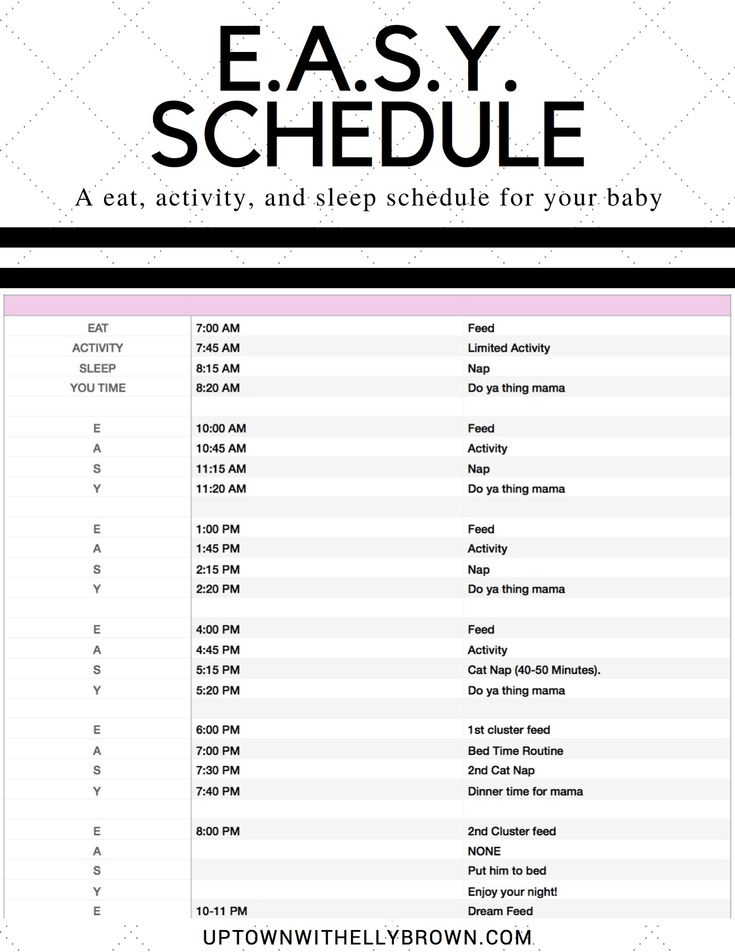 Make sure you do something that brings happiness to your heart!
Make sure you do something that brings happiness to your heart!
7. Talk to an IBCLC
Finally, the bit of advice we always offer to parents no matter what kind of breastfeeding situation they’re dealing with: Talk to an IBCLC! IBCLCs can provide invaluable support to parents looking for ways to make breastfeeding work for them and their babies. Never be shy about reaching out!
Your journey, our support
Cluster feeding is tough, but you don’t have to navigate it on your own. Book a convenient online video appointment with a Nest Collaborative IBCLC today.
Learn More About Nest Collaborative
Sign Up For Breastfeeding Tips
Cluster feeding: When it starts and how long it lasts
Cluster feeding is when a baby eats frequently, usually every 30 minutes to an hour, over a period of a few hours. It's common in newborn, breastfeeding babies. Cluster feeding often happens in the first days after birth and again during baby growth spurts. Your baby may cluster feed more in the evening to fill up before bed, or to catch up if they didn't eat enough at a previous feeding. While it can be exhausting, cluster feeding can help your baby put on weight and boost your milk supply.
Your baby may cluster feed more in the evening to fill up before bed, or to catch up if they didn't eat enough at a previous feeding. While it can be exhausting, cluster feeding can help your baby put on weight and boost your milk supply.
What is cluster feeding?
Cluster feeding is when a baby eats very frequently – often every 30 minutes to an hour – usually over a period of a few hours. In breastfed babies, cluster feeding is common and helps to increase Mom's milk supply. Infants who are formula-fed sometimes also cluster feed.
Most cluster feeding happens in the first three to four months of life, when babies grow quickly. While newborns typically nurse every two to three hours, when cluster feeding they'll want to eat even more often. This can leave you feeling like you're nursing your baby almost constantly.
Babies may be cluster feeding if they:
- Eat more frequently than usual, usually every 30 minutes to 1 hour
- Tend to eat more often in the evening
- Are fussier than usual, which can be a sign of a growth spurt
- Settle down quickly after eating (if your baby is still fussing or crying after a feeding, there might be something else going on)
It can be difficult to tell whether your baby is cluster feeding or not. Some babies are "snackers" – they naturally nurse for shorter periods of time, more frequently during the day.
Some babies are "snackers" – they naturally nurse for shorter periods of time, more frequently during the day.
Even if your newborn ate recently, follow their hunger cues and feed on demand. That means feeding your baby whenever they give you hunger cues such as:
- Moving their mouth; making sucking sounds or motions
- Smacking or licking their lips
- Bringing their hands to their mouth
- Sucking on their fingers or fists
- Clenching their fists
- Rooting. Rooting is a newborn reflex – babies turn their head toward anything that touches their face and open their mouth, looking for a nipple.
How long does cluster feeding last?
Usually, cluster feeding lasts for a few days. How long your baby will cluster feed depends on the cause, though. You may find that your baby cluster feeds nonstop in the first few days of life as your milk comes in. Growth spurts are another common cause of cluster feeding, and tend to last anywhere from two to three days up to one week.
Common cluster feeding ages
Cluster feeding can happen at any time, but it's often a newborn thing. It's most common in the first few days after birth and during baby growth spurts, which tend to happen when your little one is:
Advertisement | page continues below
- 2 to 3 weeks old
- 6 weeks old
- 3 months old
- 6 months old
Why is my newborn cluster feeding?
Babies cluster feed for a number of reasons. Your newborn may be:
- establishing your milk supply after birth
- going through a growth spurt
- filling up before a longer stretch of sleep in the evening
- making up for not eating well at the previous feeding
Newborns and older babies may cluster feed when they're teething or sick, since the act of nursing plus the hormones and antibodies in breast milk can make babies feel better.
In most cases, cluster feeding is not a sign that your baby isn't getting enough to eat due to a low milk supply.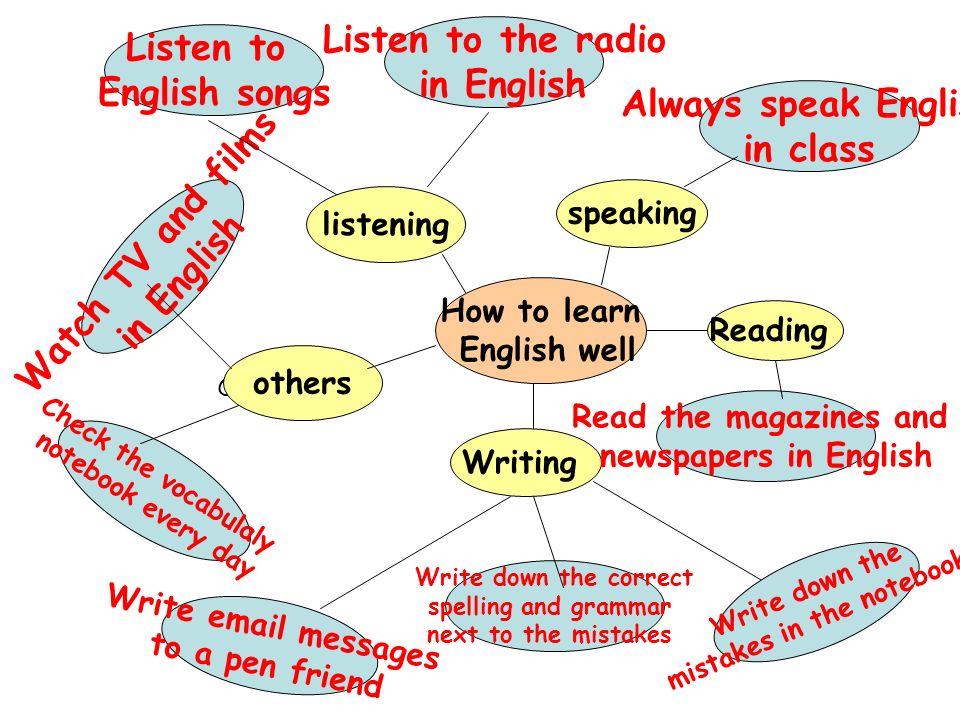
If you're concerned your milk supply is dwindling, or that your baby isn't getting enough breast milk, talk to your baby's doctor and a lactation consultant.
Your provider will be watching your newborn's weight closely at all doctor visits during the first year to make sure your baby is growing well. But call the doctor if you notice these signs:
- More than normal weight loss in a newborn. Babies lose up to 10 percent of their birth weight during the first 5 days of life. By 2 weeks, they should be back up to their birth weight.
- Fewer than five to six wet diapers in a 24-hour period once your baby is 5 days old.
How to cope with cluster feeding
Cluster feeding is one of the hardest parts of breastfeeding, especially when you're already exhausted from giving birth or not sleeping enough at night. It can seem like just when you need it most, your baby won't let you rest!
To cope with cluster feeding:
- Remind yourself that cluster feeding is a normal and healthy part of your baby's development.
 All those extra feedings help your baby to get the nutrition they need to grow – and increase your milk supply to keep up with their needs.
All those extra feedings help your baby to get the nutrition they need to grow – and increase your milk supply to keep up with their needs. - Cluster feedings in the evening can mean that your baby is filling up before attempting to go longer without a feeding at night. That means there's hope (and more sleep!) in sight.
- Feed yourself well: Eat a healthy breastfeeding diet and get enough calories. Most breastfeeding moms need an extra 450 to 500 calories every day.
- Drink plenty of water to stay hydrated and support your milk supply. Drink more when you're thirsty or if your urine appears dark yellow, which can mean you're dehydrated.
- Take breaks when you can. When your baby isn't nursing, ask your partner, a friend, or a loved one to watch them so you can nap or get some fresh air and clear your head.
How to stop cluster feeding
While there's no way to stop cluster feeding (especially since it can be beneficial for you and your baby), you can take steps to stretch out the time between feeding sessions. The key is make sure your baby gets enough milk at each feeding.
The key is make sure your baby gets enough milk at each feeding.
First, make sure your baby has a good latch. While it might seem natural, latching can be challenging for you and your baby – especially when you're new to nursing. A good latch will help your newborn get enough milk. A poor latch, on the other hand, can tire out your baby so they're more likely to fall asleep at the breast before they're full.
If you're struggling with cluster feeding, especially if your nipples are sore or cracked, talk to your healthcare provider or a lactation consultant to ensure your baby is latching properly.
Once you're sure your baby is latching well, let your baby nurse until they're sleepy and are no longer swallowing. (This is usually no longer than 15 minutes per side.) The longer the nursing session, the higher the filling fat content of your milk.
Another issue that might get in the way of your baby's eating is falling asleep at the breast early in a feeding. Sleeping a lot can be a sign that a newborn is conserving energy because they're not getting enough to eat.
Whether they're bottle-feeding or breastfeeding, wake your baby to eat if they sleep longer than four hours at a stretch during the first two weeks of life. Breastfed and formula-fed newborns need to eat eight to 12 times per day.
To ensure your sleepy breastfeeding baby gets enough to eat:
- Use breast compression to get your milk flowing faster.
- Switch sides frequently, especially if your baby stops actively swallowing. You may need to do this several times during each nursing session.
- Tickle your baby's legs and feet while they're nursing, and consider stripping them down to their diaper before you start breastfeeding.
- Pump your milk after you breastfeed. Pumping helps boost your milk supply, plus you can offer a bottle of expressed milk later. (Some experts recommend waiting until breastfeeding is well-established – around 3 weeks or so – before giving a bottle, if possible.)
Learn more:
- How long to breastfeed a newborn or older baby at each feeding
- The best breastfeeding tips and tricks
Was this article helpful?
Yes
No
🎖▷ Why you don't have to worry about weight gain with Lamictal
psychology
8,623 2 min read
If you're worried that taking Lamictal (lamotrigine) might cause weight gain, there's good news. It probably won't affect your weight much. If anything, you're more likely to lose weight due to Lamictal than gain weight, but either way, the changes are likely to be pretty small.
It probably won't affect your weight much. If anything, you're more likely to lose weight due to Lamictal than gain weight, but either way, the changes are likely to be pretty small.
The effect of Lamictal on weight has been little studied, and various clinical trials have found minimal effect. In fact, some researchers even considered the drug as a possible remedy for obesity and as a remedy for overeating. This information should be reassuring for people with bipolar disorder, as many of the medications used to treat this condition can cause weight gain.
Lamictal findings and weight gain or loss
Lamictal is an anticonvulsant that can be used to treat seizures such as epilepsy. It is also used as a mood stabilizer for bipolar disorder.
In the first clinical trials with the drug, 5 percent of adults with epilepsy lost weight while taking Lamictal, while 1 to 5 percent of patients with bipolar I disorder gained weight while taking the drug. The researchers do not disclose how much weight patients have gained or lost.
Meanwhile, a 2006 study comparing the effects on weight of Lamictal, lithium, and placebo found that some Lamictal-treated patients gained weight, some lost weight, and most remained about the same weight. Weight changes are usually not many pounds anyway. Obese patients taking Lamictal lost an average of four pounds, while the weight of non-obese patients remained virtually unchanged.
Relationship between weight gain and other bipolar drugs
Weight gain from medications used to treat bipolar disorder is unfortunately quite common. Some mood stabilizers commonly used for bipolar disorder, especially lithium and Depakote (valproate), carry a high risk of weight gain.
In addition, the atypical antipsychotics Clozaril (clozapine) and Zyprexa (olanzapine) tend to cause significant weight gain in people who take them. Finally, some antidepressants, notably Paxil (paroxetine) and Remeron (mirtazapine), have been associated with weight gain.
Therefore, if you are already overweight, you and your psychiatrist may want to consider additional weight gain when determining your bipolar medication regimen. Based on this, Lamictal may be a good choice.
Based on this, Lamictal may be a good choice.
Lamictal as a possible treatment for obesity
Lamictal has also been studied as a possible treatment for obesity in people without epilepsy or bipolar disorder.
In a small clinical study of 40 people conducted in 2006, researchers randomly assigned participants to receive either lamictal or placebo for up to 26 weeks. Each participant in the study had a body mass index (BMI) between 30 and 40, placing them in the obese group to the level of severe obesity. Those who took Lamictal lost an average of just over 10 pounds. Those who took the placebo lost about 7 pounds in the meantime, so while those who took Lamictal lost more weight, they didn't lose all that much more.
Another study in 2009 looked at Lamictal as a remedy for overeating. This study involved 51 people with the condition that 26 of them received Lamictal, and 25 - placebo.
Those who took Lamictal lost more weight than those who took placebo (about 2. 5 pounds vs. about one third of a pound) and did have significant improvements in blood sugar and cholesterol lab test results. However, Lamictal did not appear to affect other aspects of the eating disorder when compared to placebo.
5 pounds vs. about one third of a pound) and did have significant improvements in blood sugar and cholesterol lab test results. However, Lamictal did not appear to affect other aspects of the eating disorder when compared to placebo.
Tags
LamictalworryYou don't need to worry about why increase

 Your baby may need several feedings in a short period of time, leaving you exhausted and tired.
Your baby may need several feedings in a short period of time, leaving you exhausted and tired.  Cluster feeding of a newborn usually occurs in the evenings, but some babies may need it during the day.
Cluster feeding of a newborn usually occurs in the evenings, but some babies may need it during the day.  In fact, frequent feeding can increase milk supply. This is the baby's way of communicating with the breast in order to produce more milk.
In fact, frequent feeding can increase milk supply. This is the baby's way of communicating with the breast in order to produce more milk.  It depends on whether the baby feels a full tummy. Don't set a group feeding schedule for your child because this can lead to overeating when he doesn't need it.
It depends on whether the baby feels a full tummy. Don't set a group feeding schedule for your child because this can lead to overeating when he doesn't need it. 
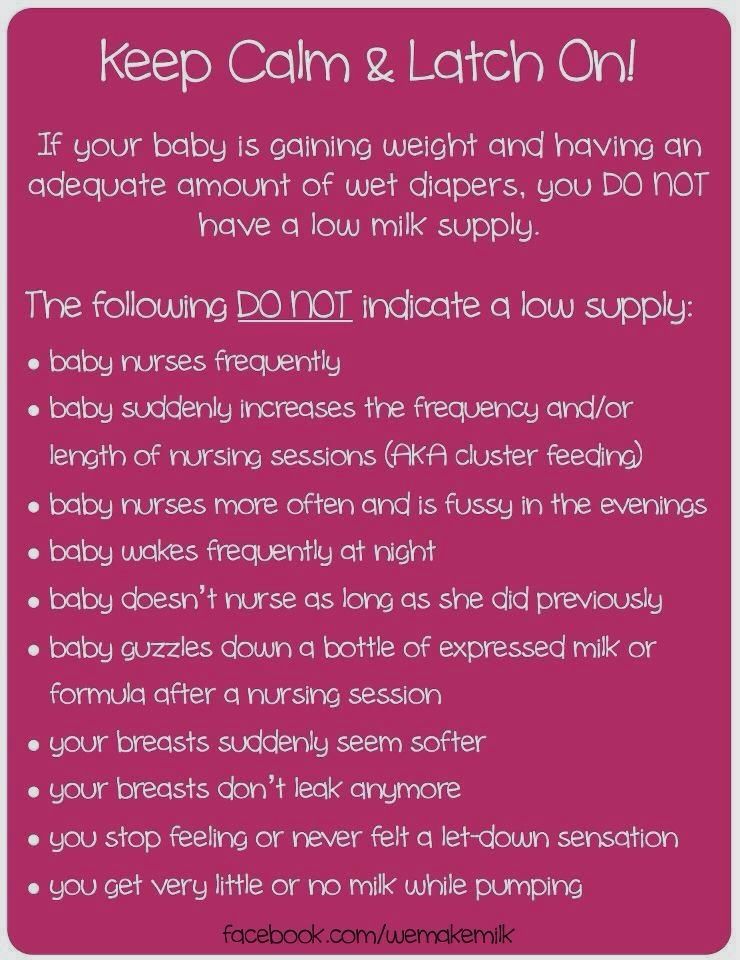 Cluster feeding promotes a better sleep cycle as they sleep for a long time after a hearty meal.
Cluster feeding promotes a better sleep cycle as they sleep for a long time after a hearty meal. 







